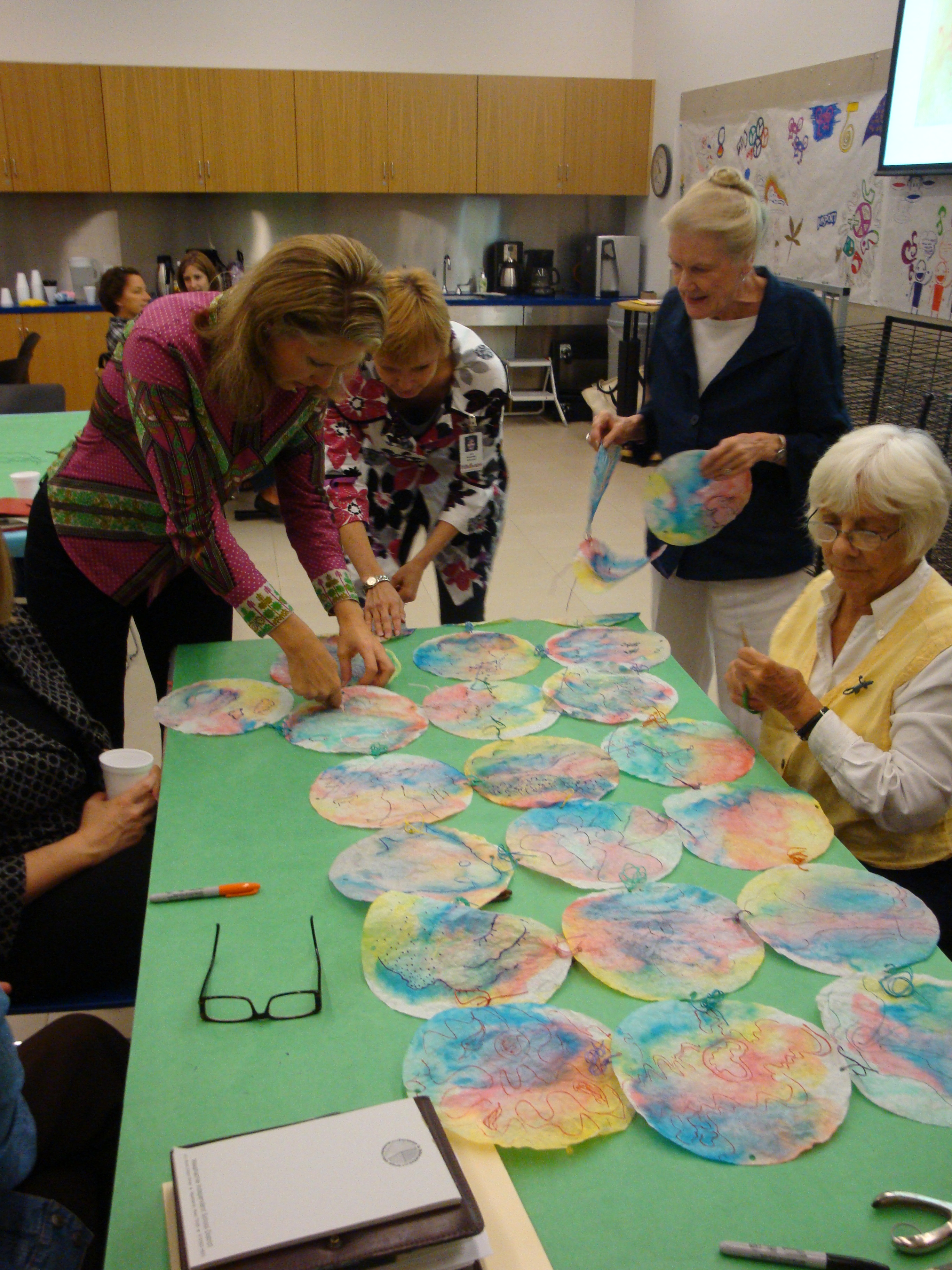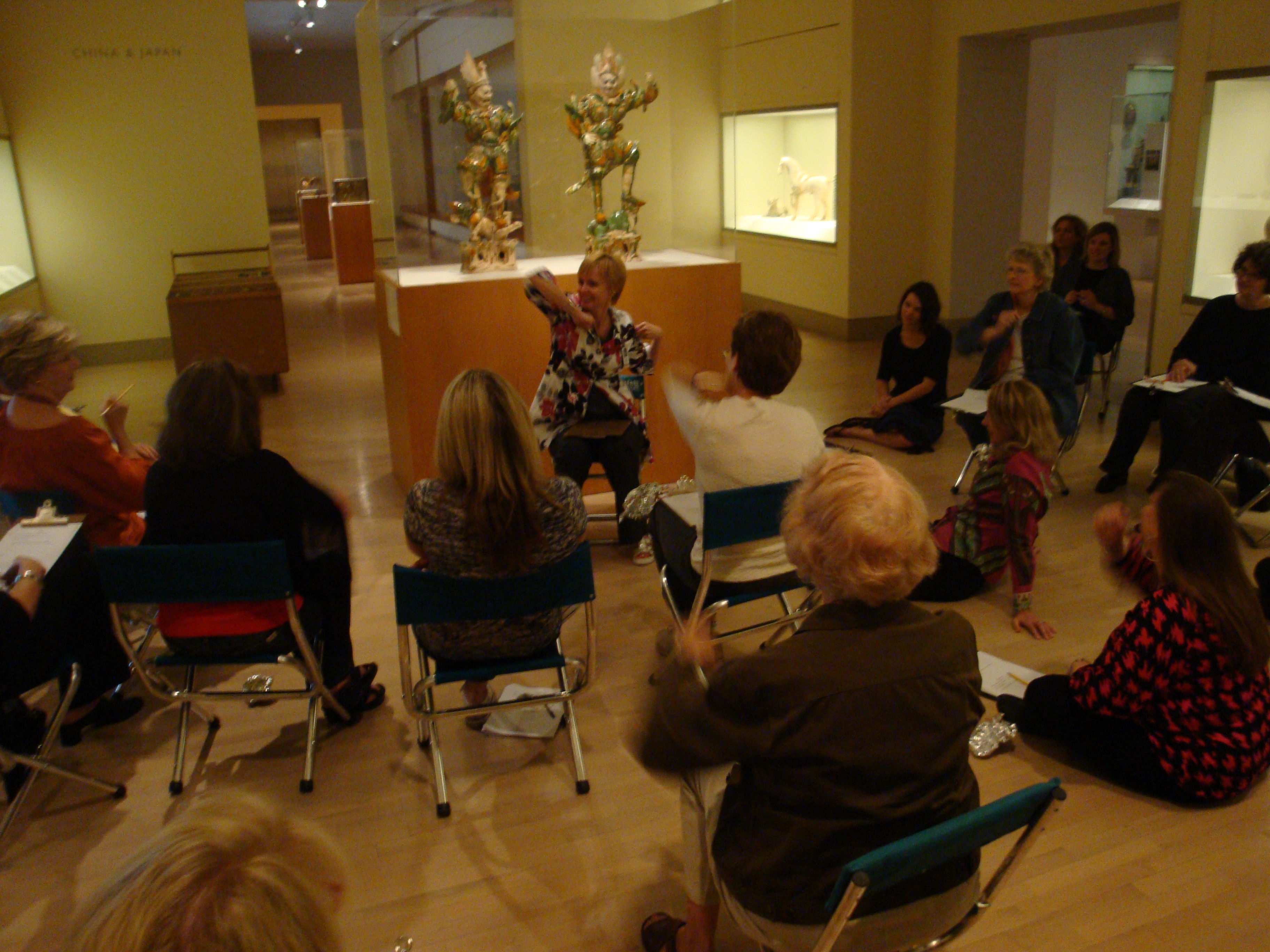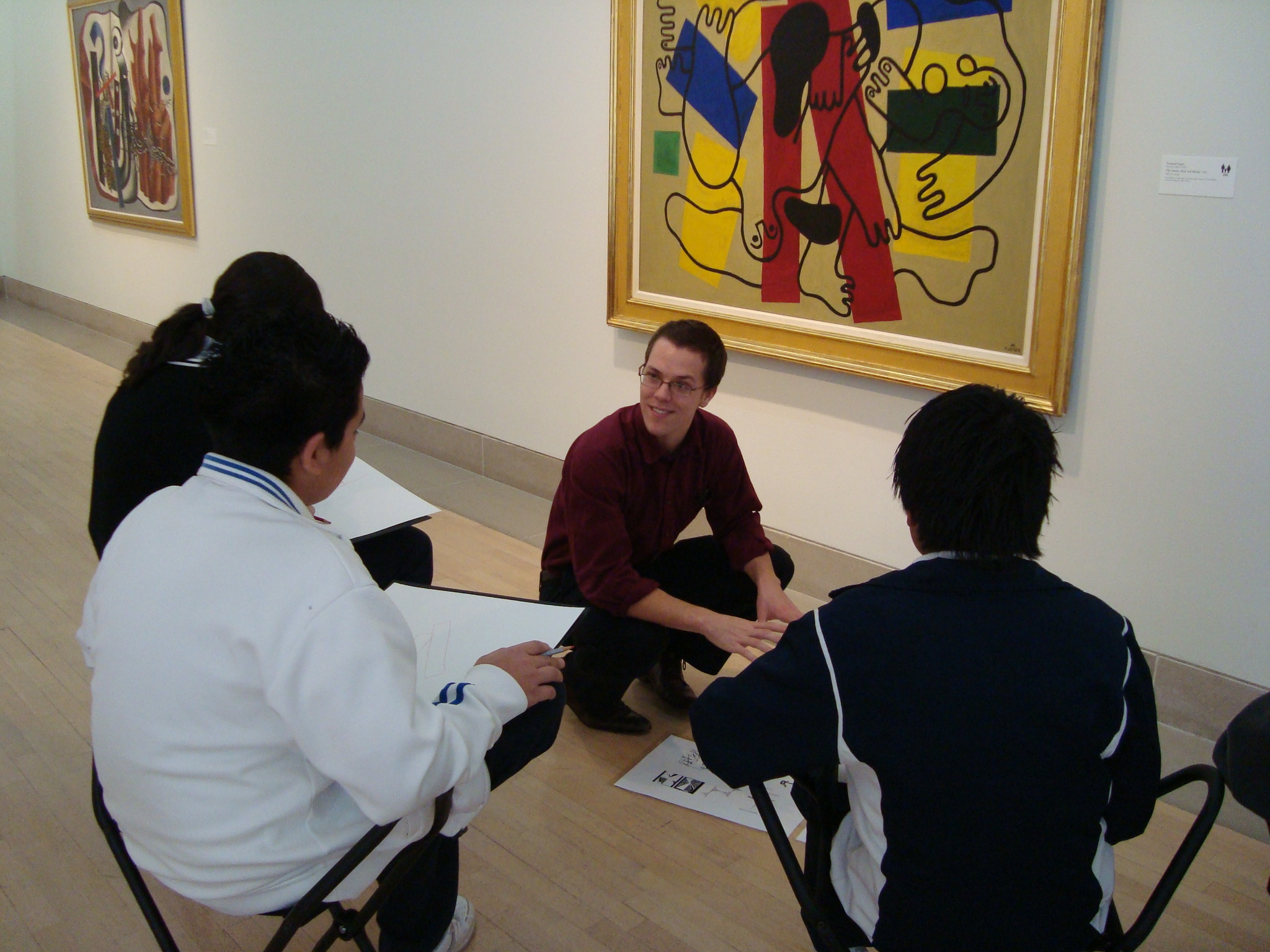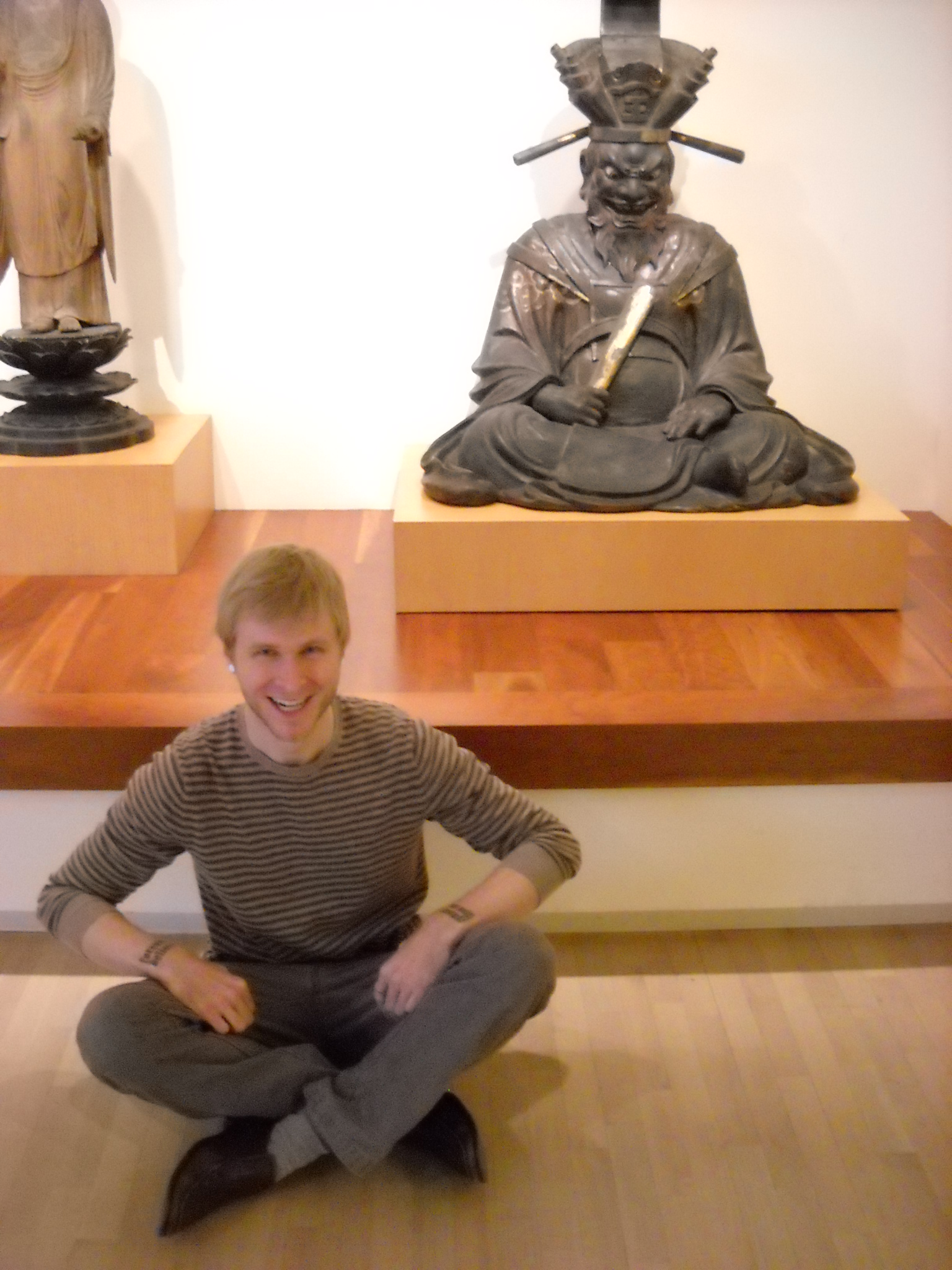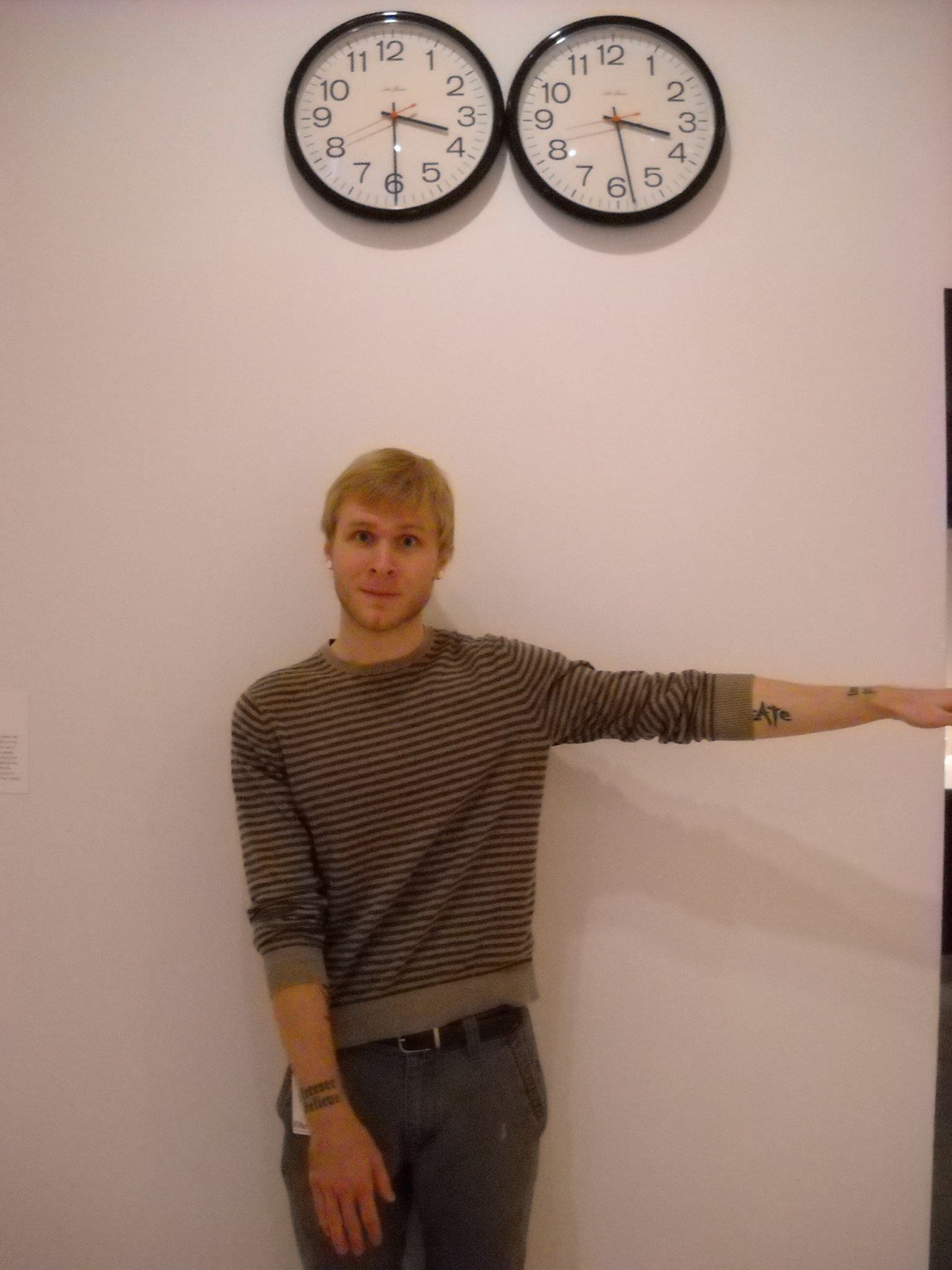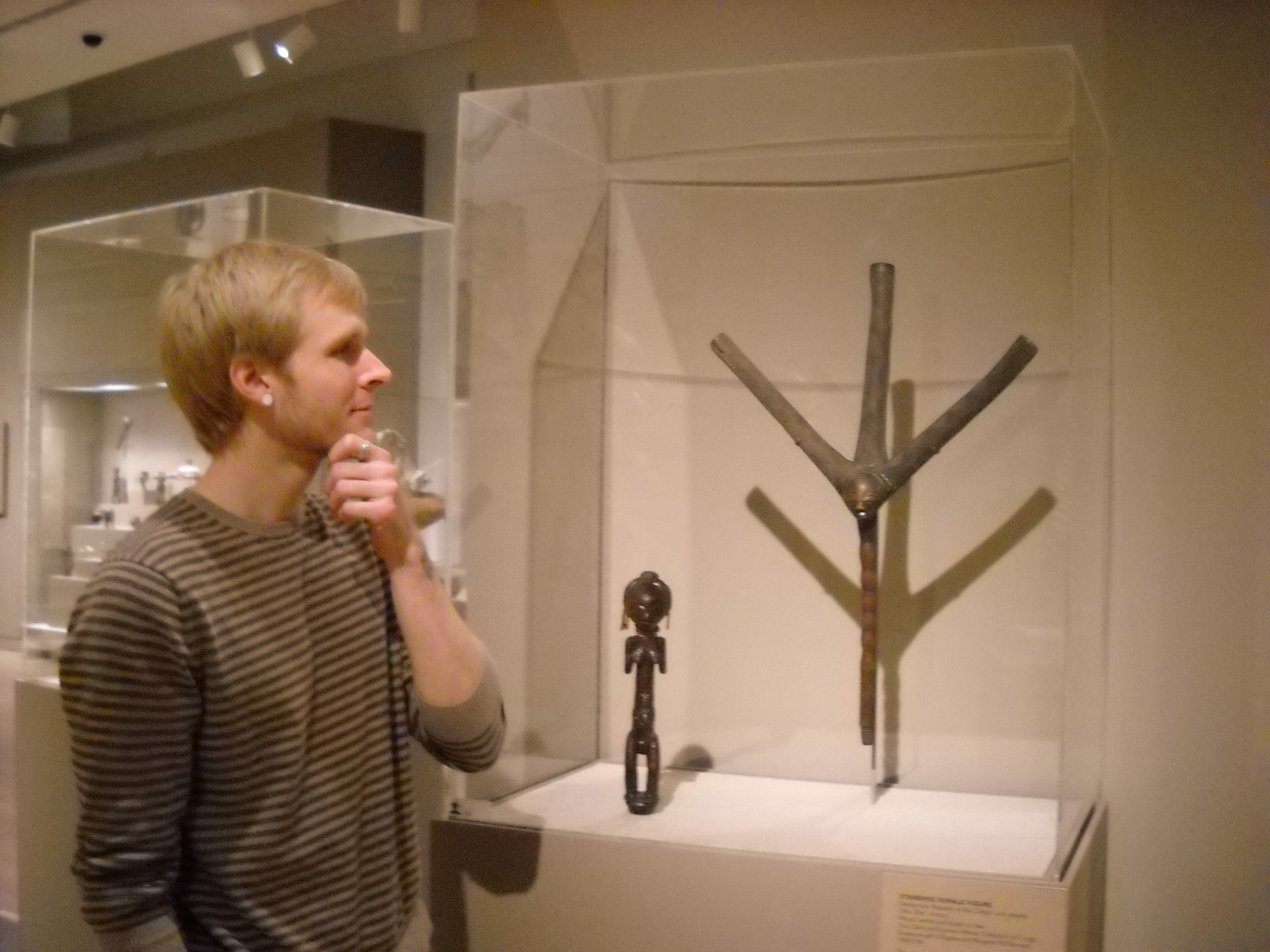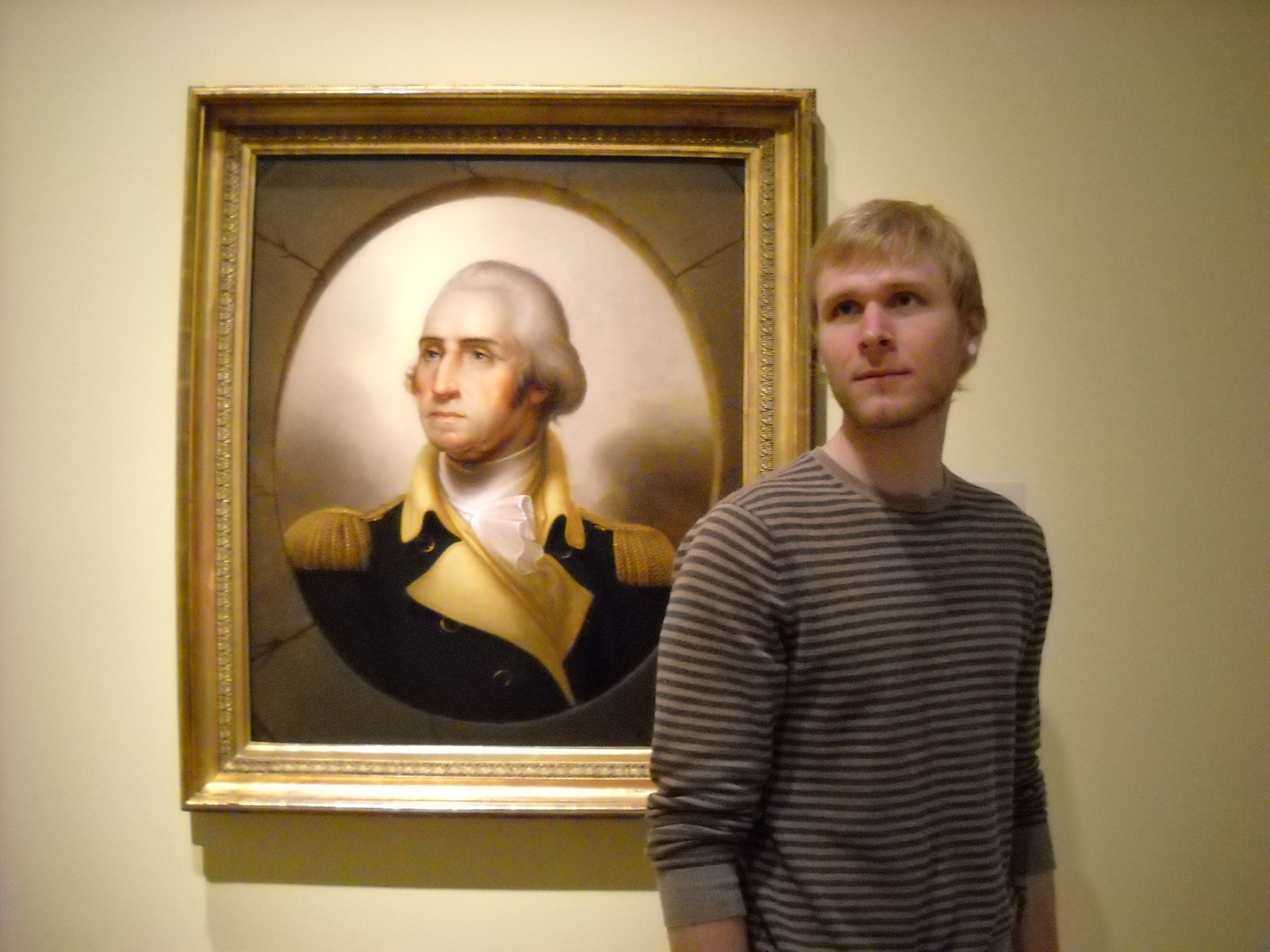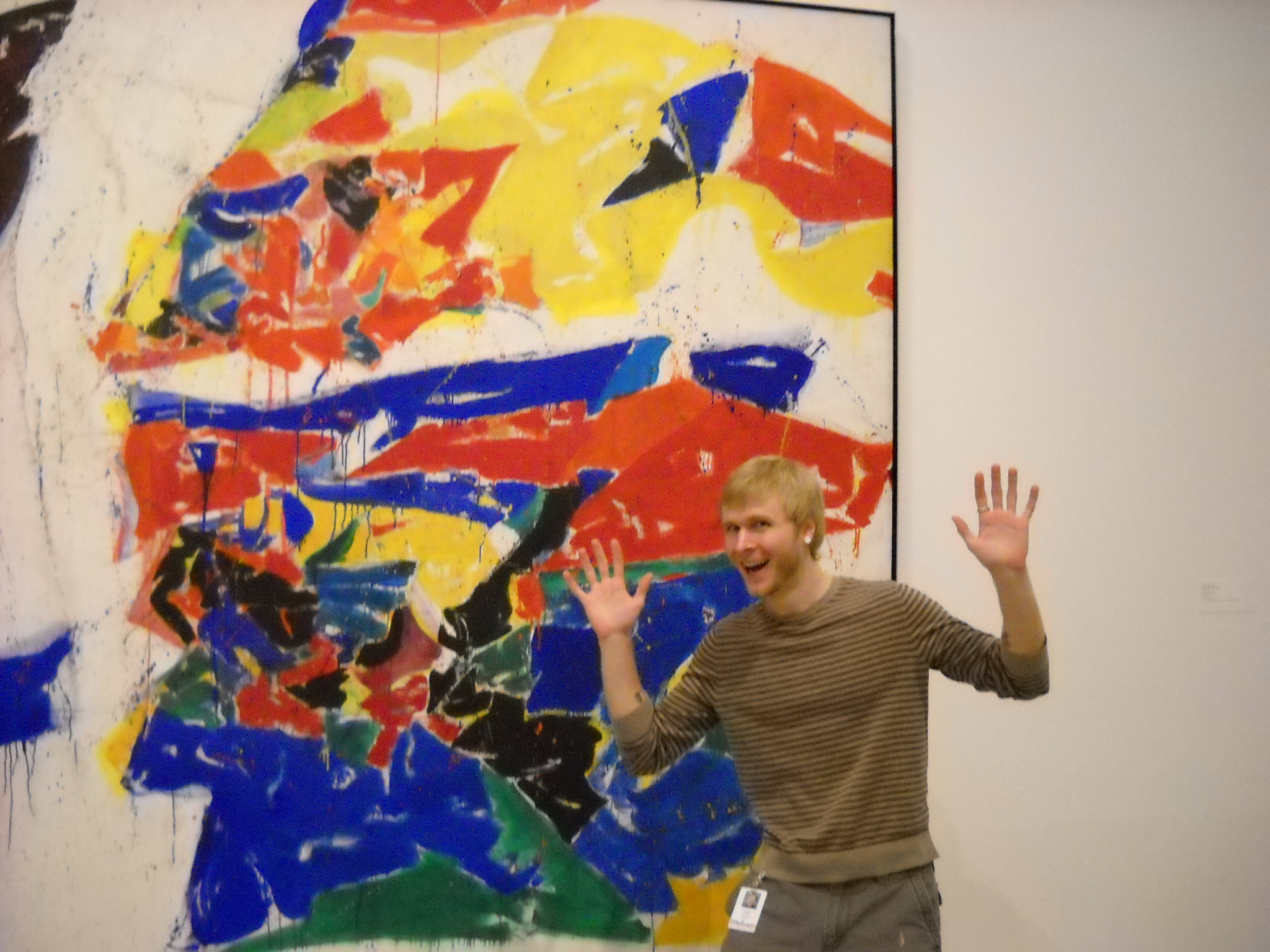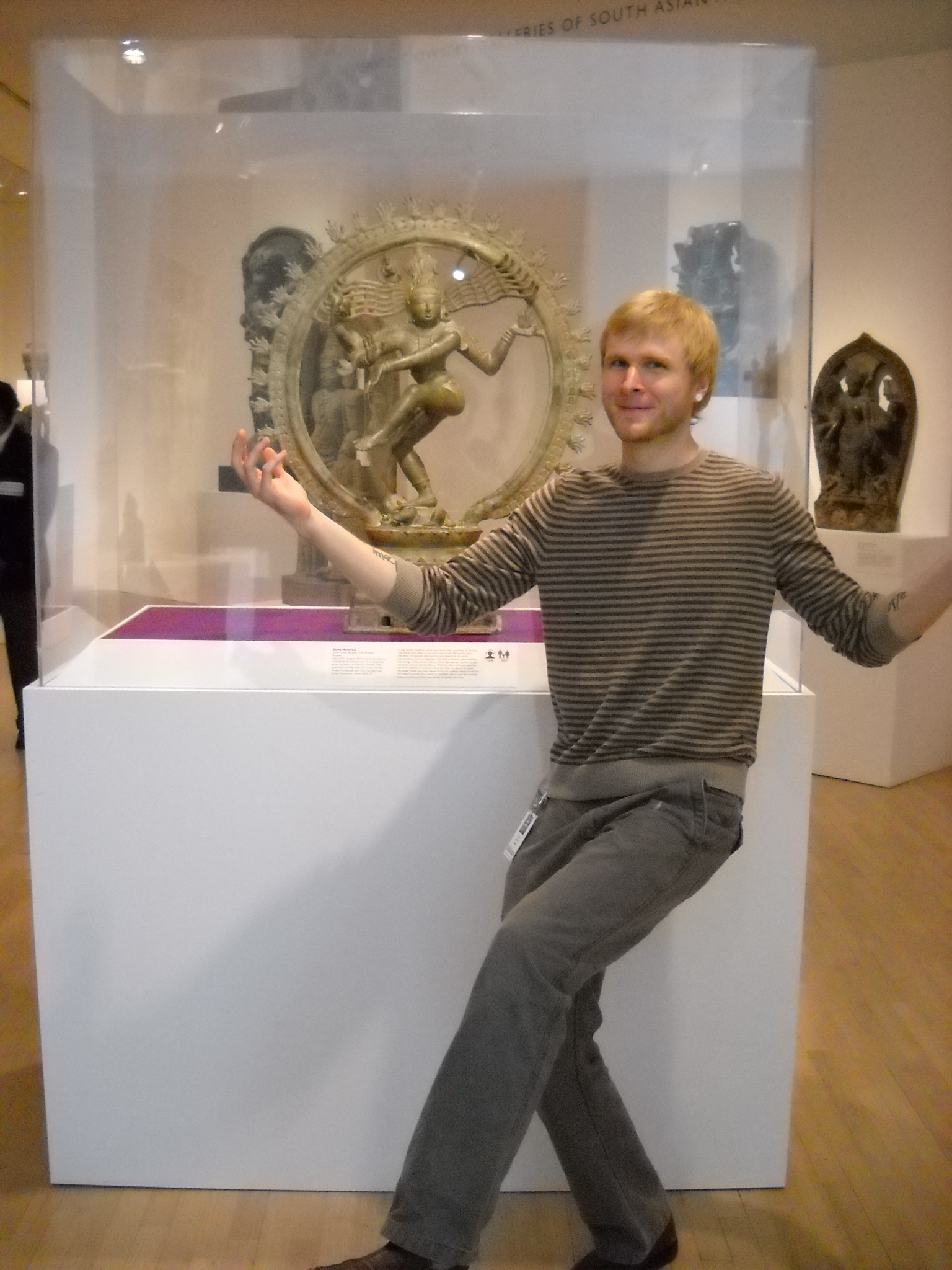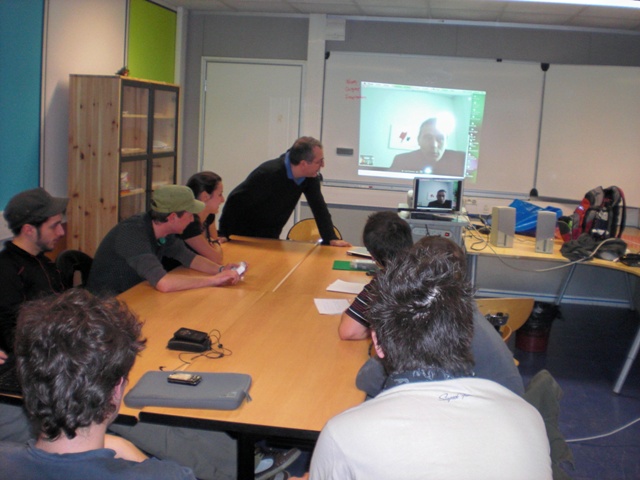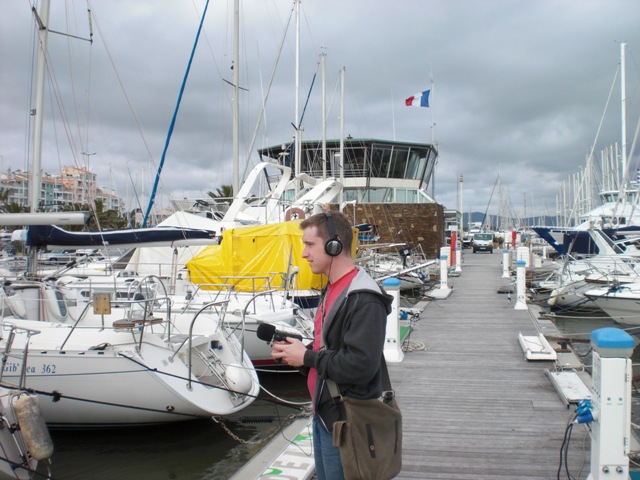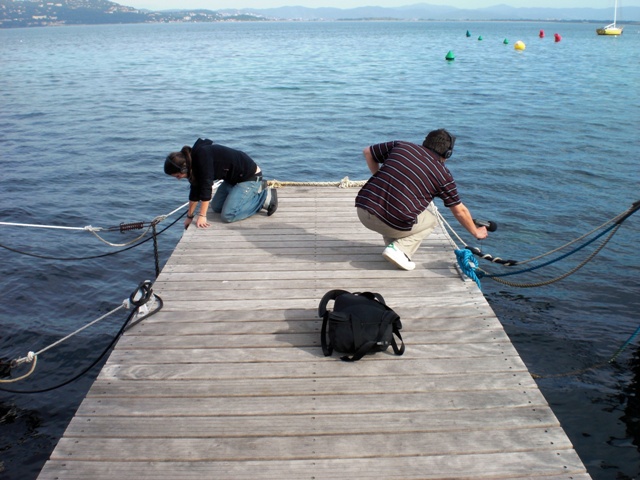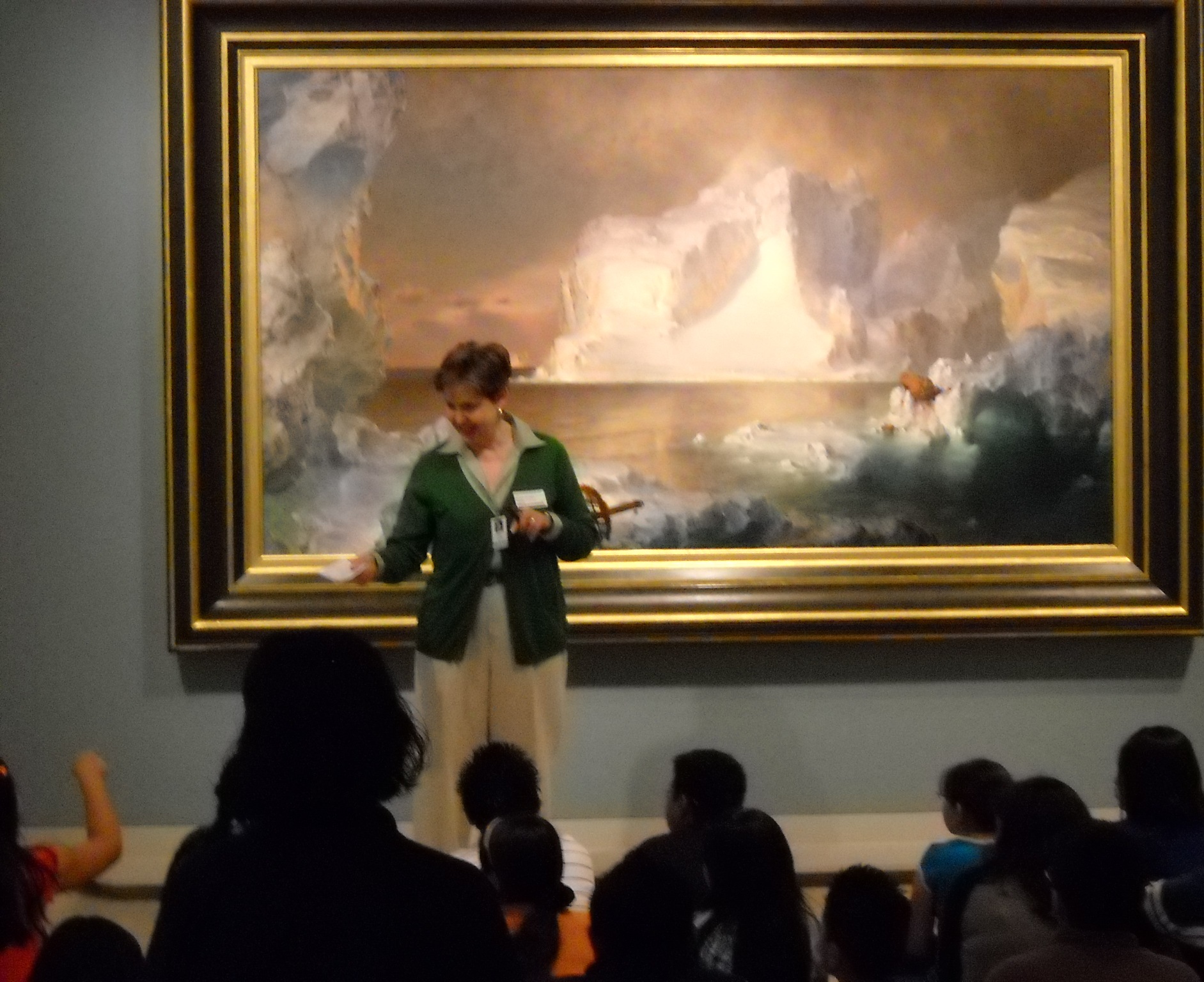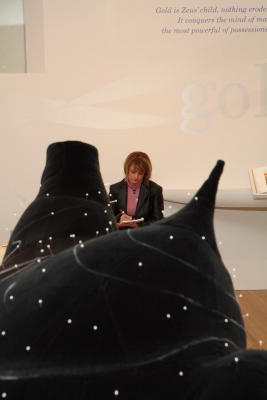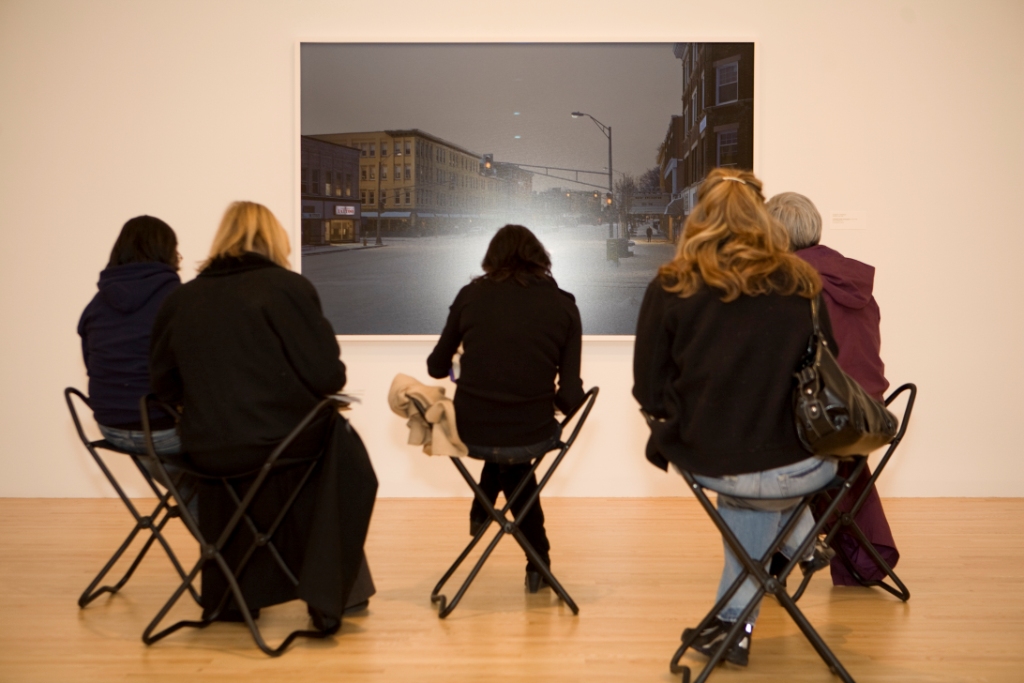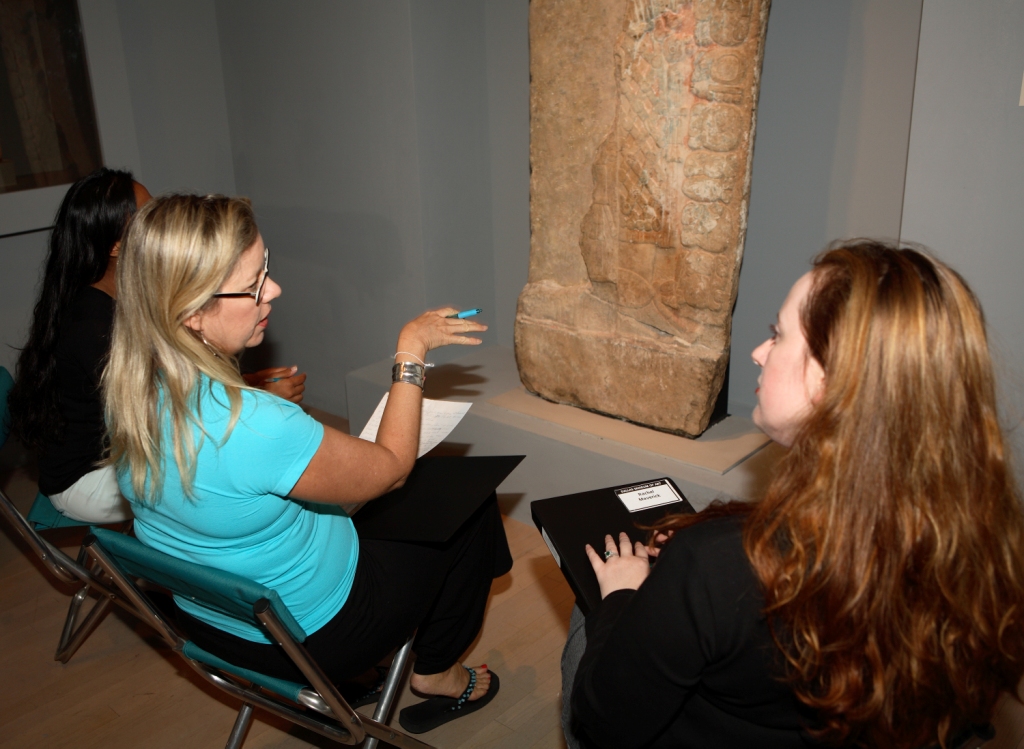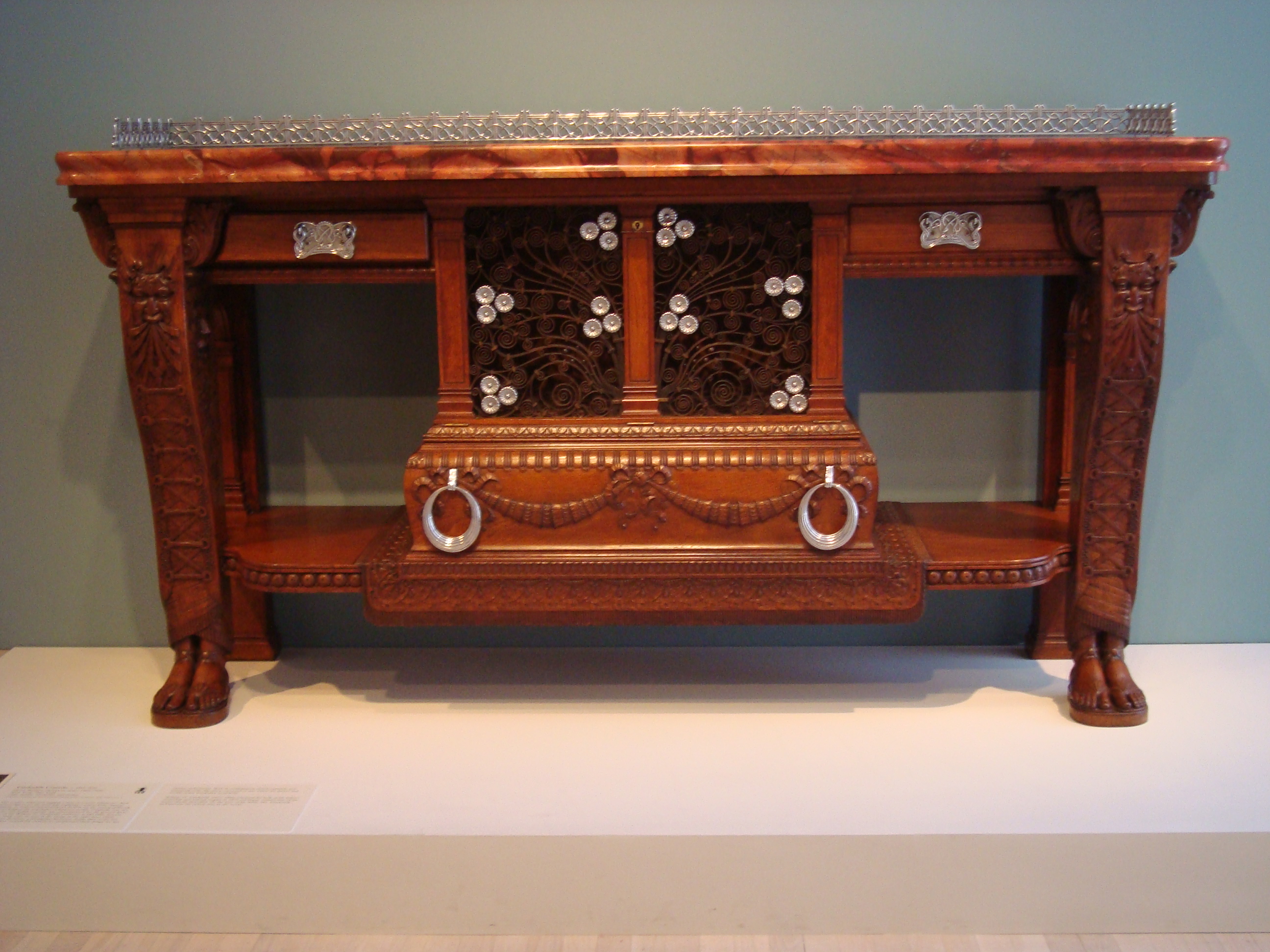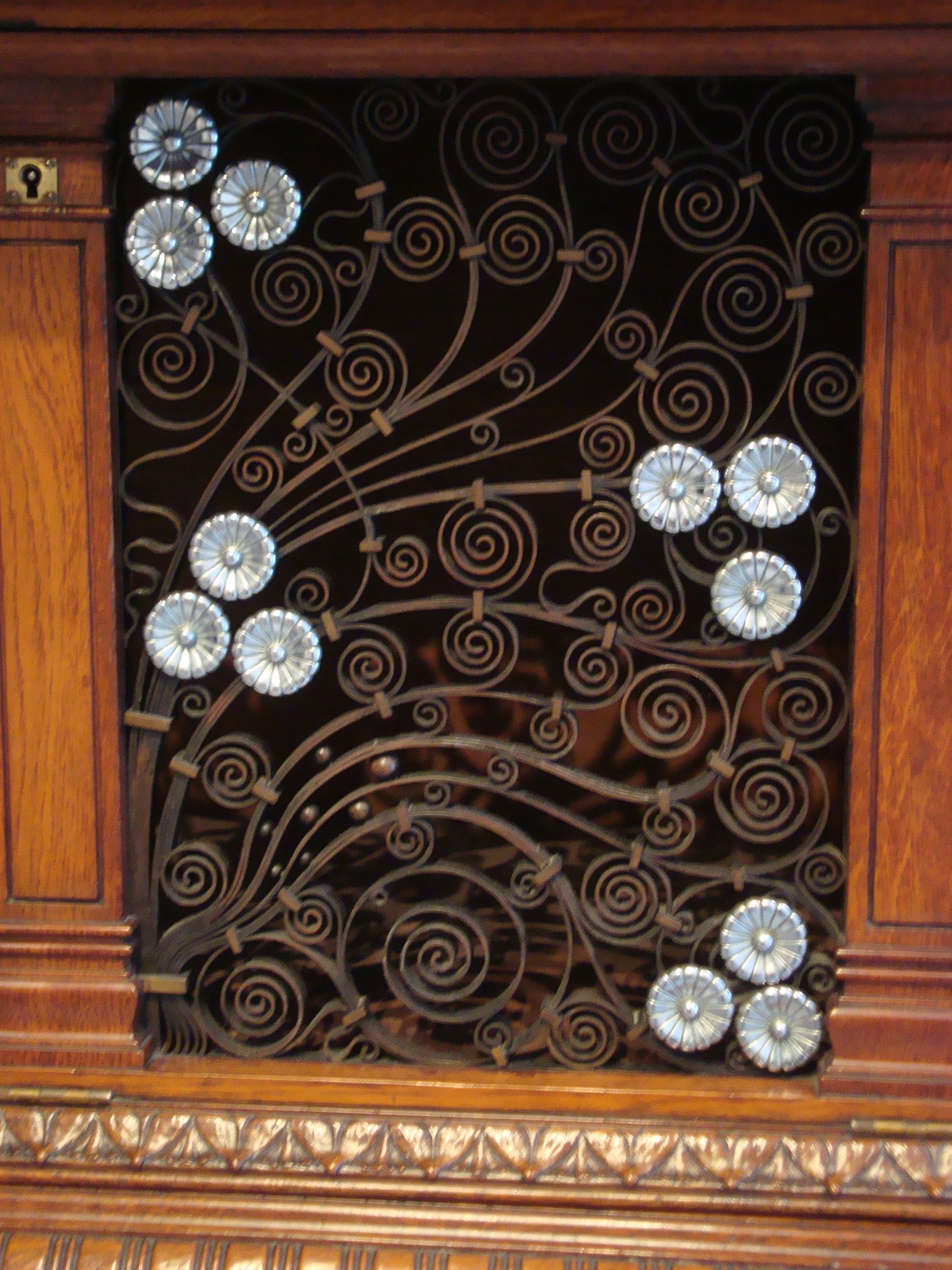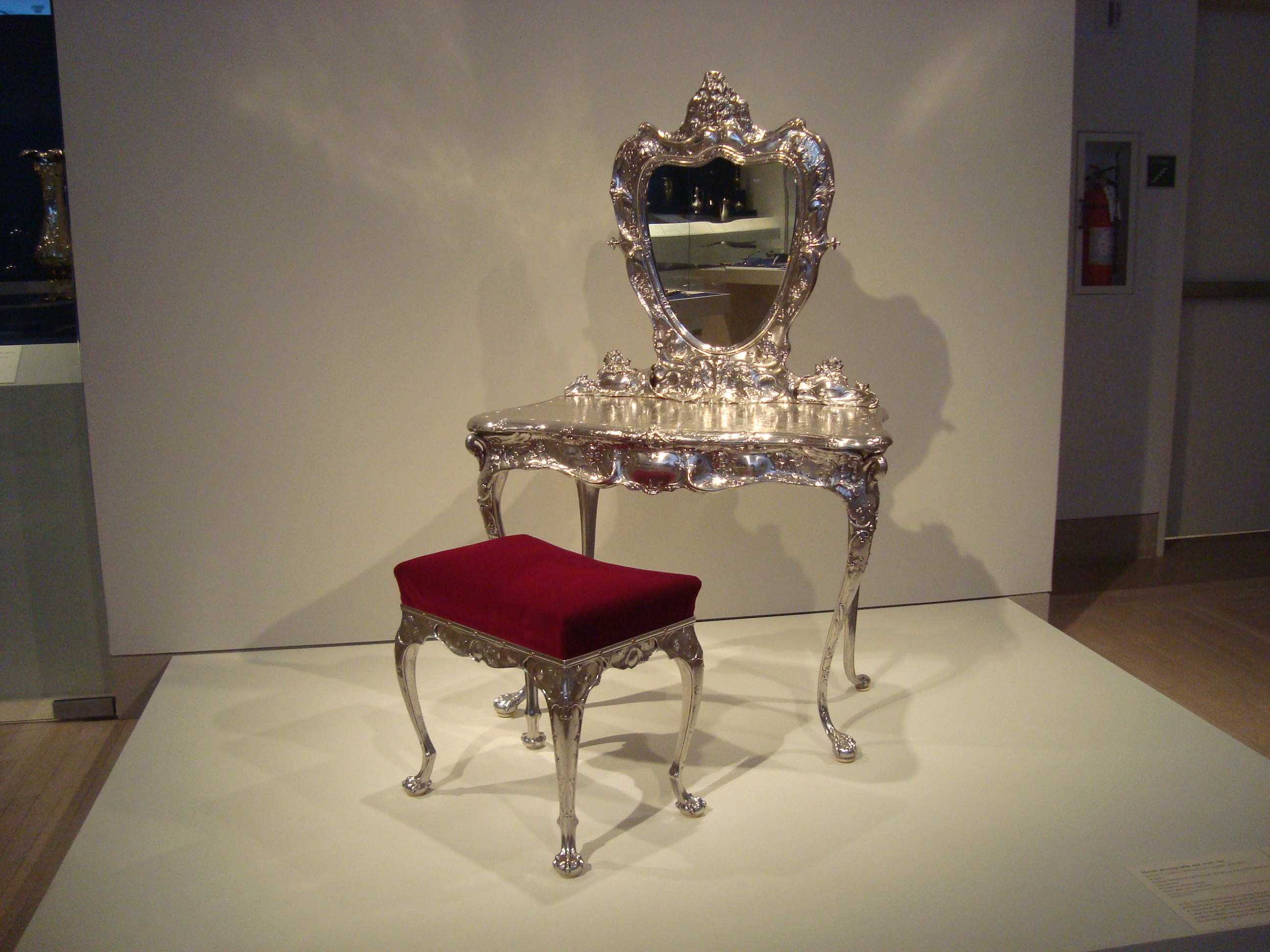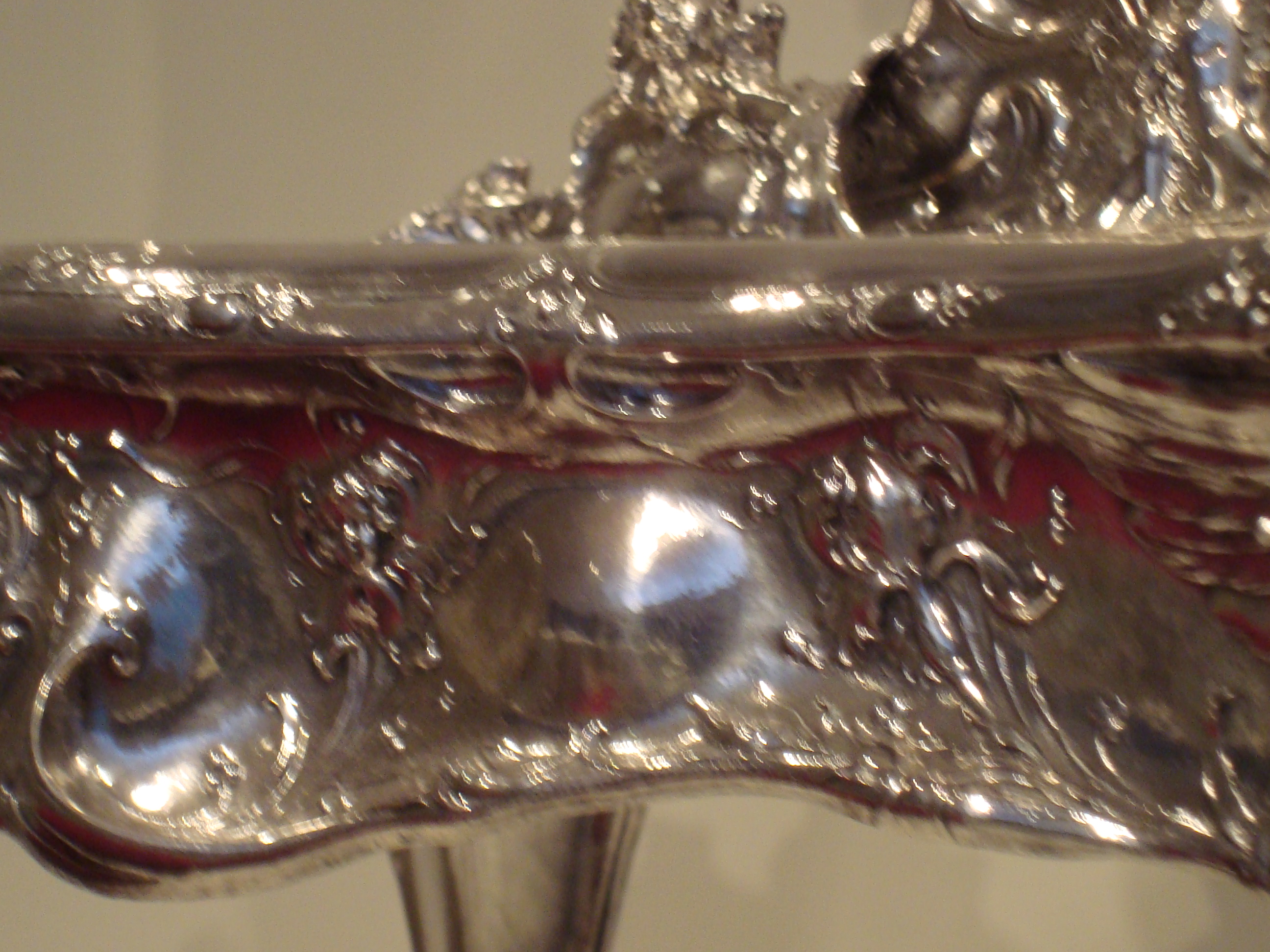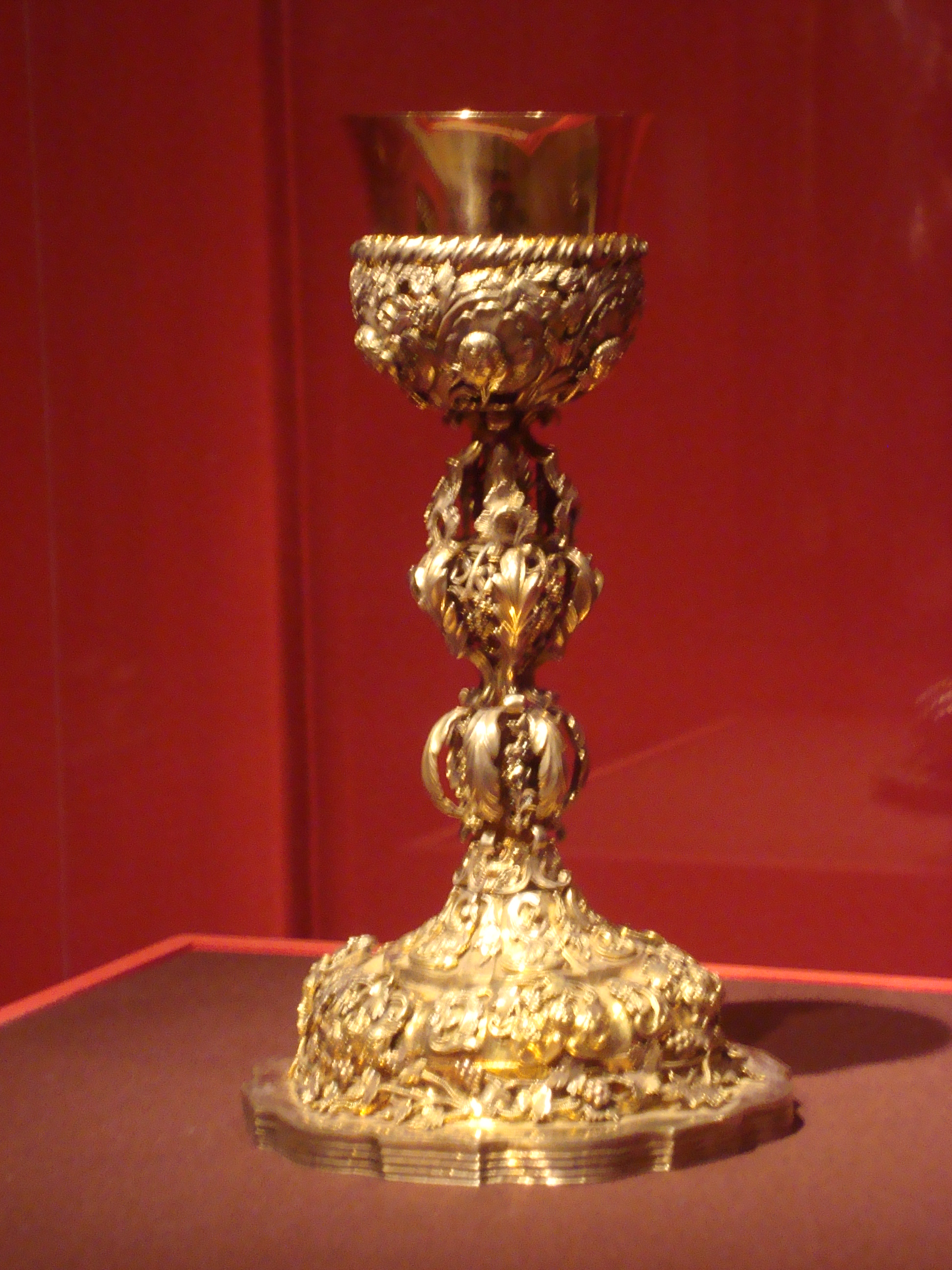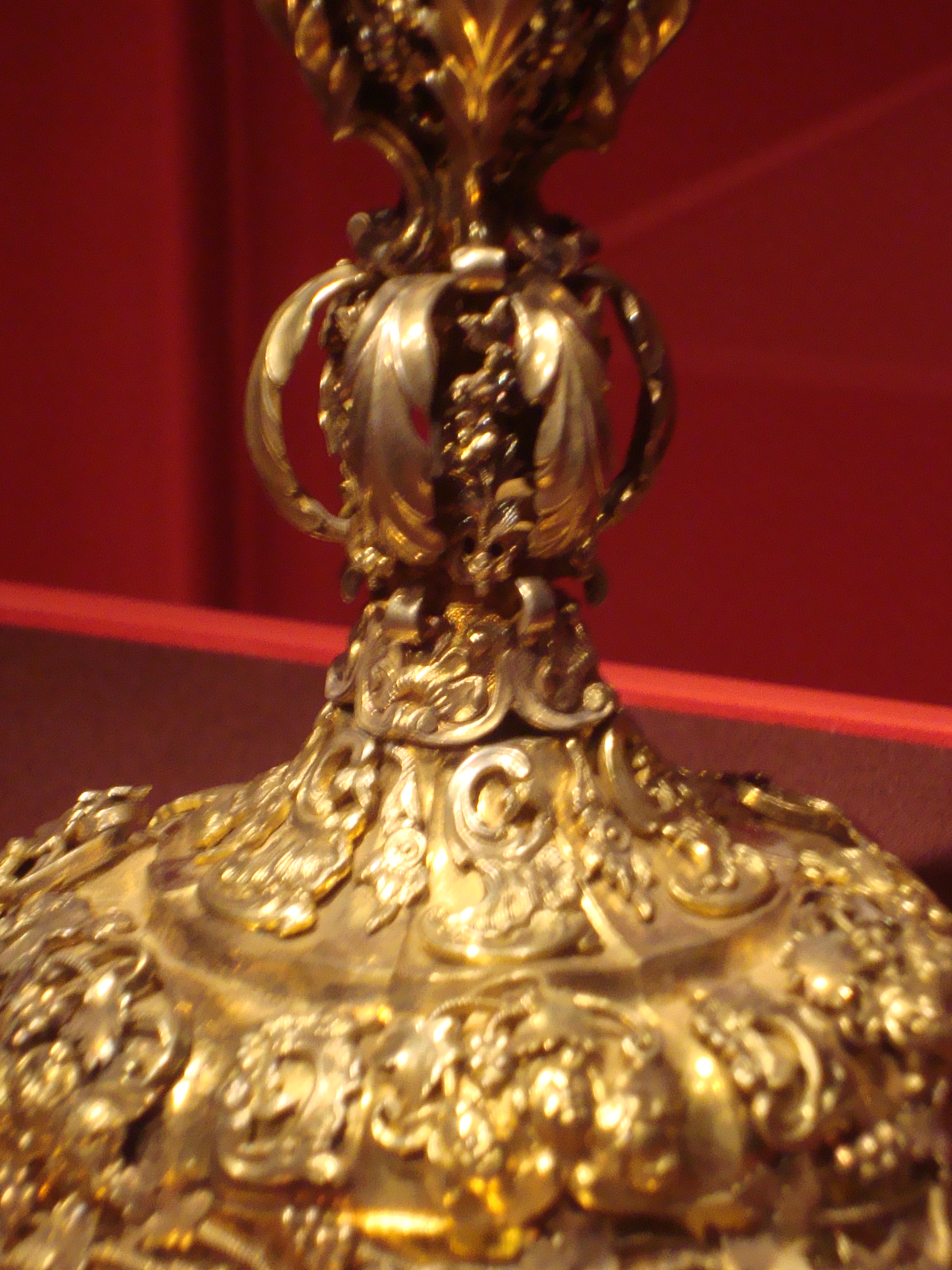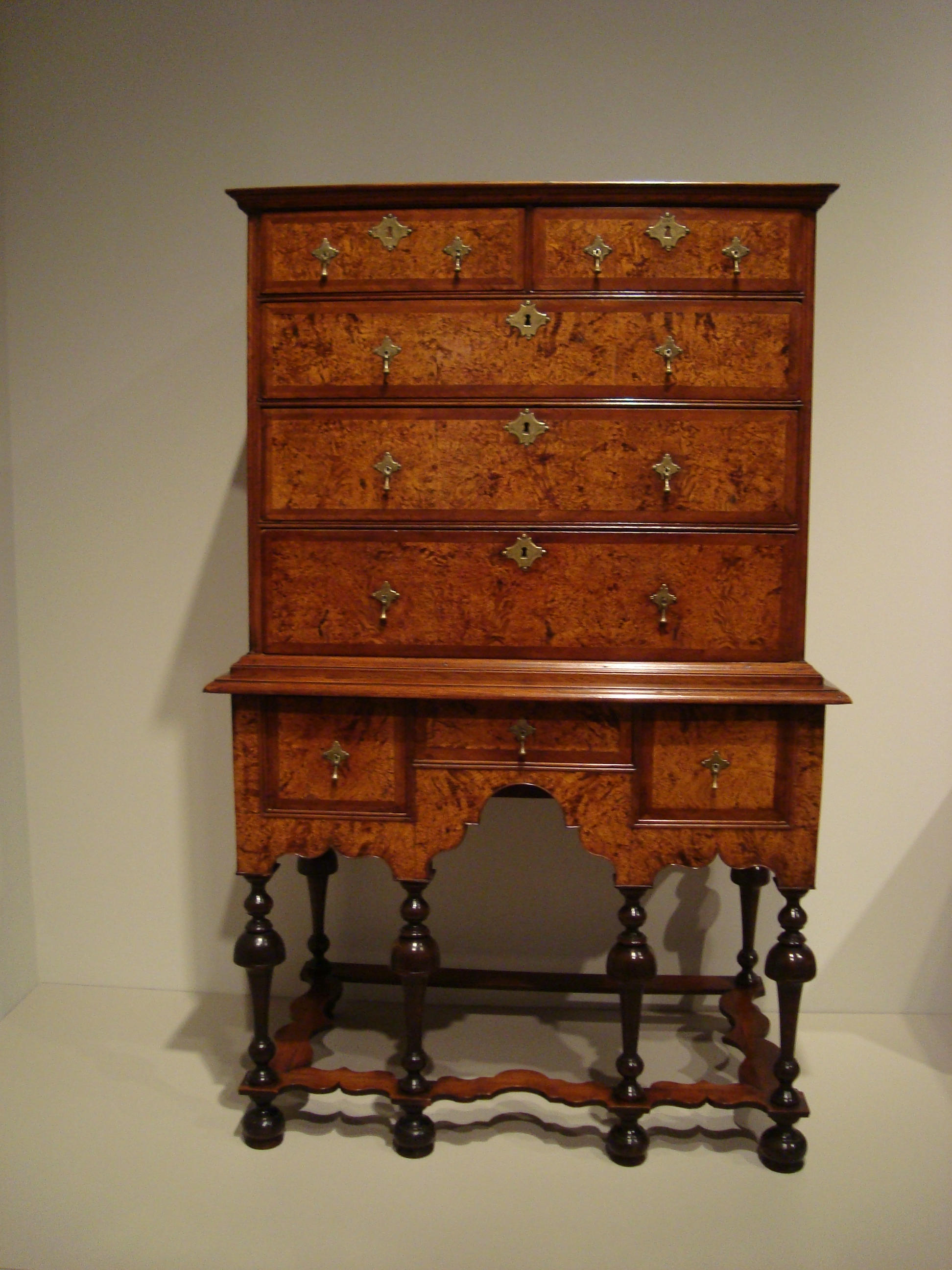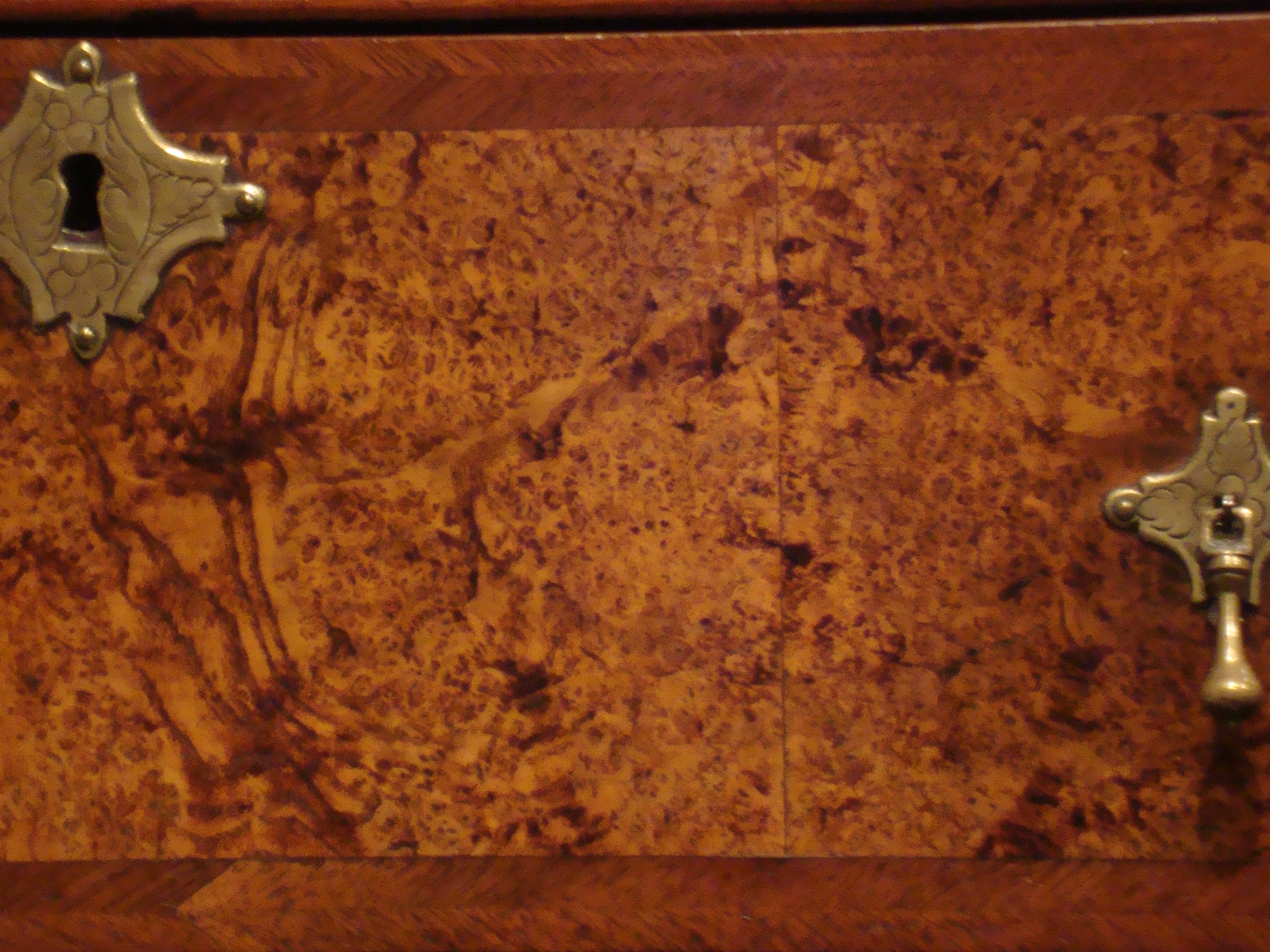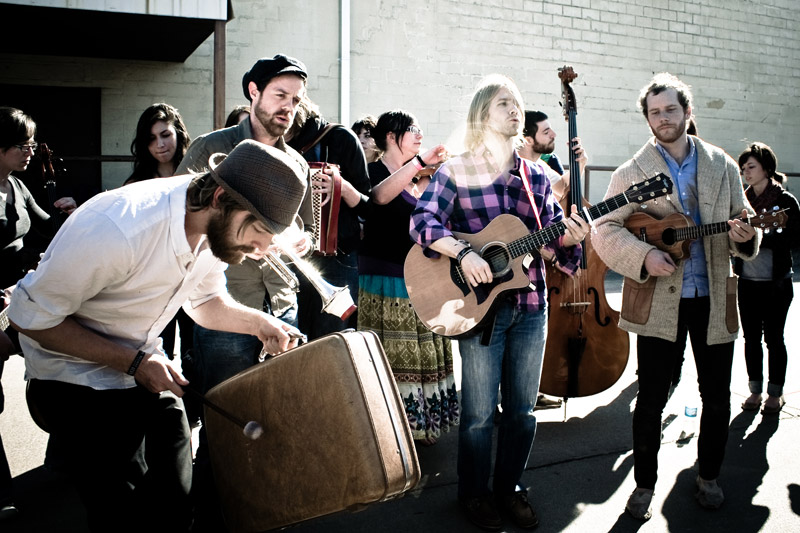It’s hard to believe that the 2009-2010 school year is already over. We will have our last Museum visits and Go van Gogh trips tomorrow, and we wanted to take this opportunity to share some of the highlights of the year with you.
Go van Gogh Classroom Outreach
Volunteers are at the core of our programs, and without their invaluable assistance, we would not be able to reach the number of students we do each year. A great big thanks to:
- all of our Dallas volunteers. We visited 406 1st-6th grade classrooms in Dallas, seeing over 8,330 students.
- all of our volunteers outside Dallas. We presented a total of over 240 programs to 4,800 students in schools outside Dallas city limits. These are especially impressive numbers as each and every program that takes place outside Dallas is scheduled, coordinated, taught, and otherwise made possible by volunteers.
The year also brought new initiatives for the Go van Gogh program:
- We debuted a snazzy, new van that showcased our fun, new Go van Gogh brand.
- We offered an engaging, new 90-minute Creative Connections program: Lights, Camera, Action!
All in all, it was a great year. Go van Gogh volunteers, we appreciate your hard work and dedication to bringing fun and meaningful art experiences to North Texas students. Teachers, we thank you for bringing Go van Gogh into your classrooms.
Museum Visits
Our schedule has been jam-packed with Museum visits all year. Thank you to the students and teachers who visited the Museum, and thank you to our docents who make all of these tours possible.
We had many highlights during the year, including:
- providing docent-guided and self-guided Museum visits for 51,821 K-12 and higher education students.
- sharing several wonderful exhibitions with students. We were able to make works of art come alive in All the World’s a Stage, and we transported students to 19th century Normandy in The Lens of Impressionism.
- continuing relationships with several school districts. This was the third year of our partnership with Dallas ISD where every 4th grader comes to the Museum for a docent-guided visit. We welcomed 11,535 DISD 4th graders for A Looking Journey tours this year, and we can’t wait to see DISD’s 4th graders again next year.
______________________________________________________
So there you have it, the highlights of thirty-two weeks of programs for the 2009-2010 school year. The 2010-2011 school year will be here before we know it, so we encourage you to start thinking about your DMA and Go van Gogh visits now. Be on the lookout for our postcard this summer, reminding you to visit our Web site on August 1st to schedule your programs. Have a wonderful summer!
Amy Copeland and Shannon Karol
Coordinators of Go van Gogh Outreach and Museum Visits
